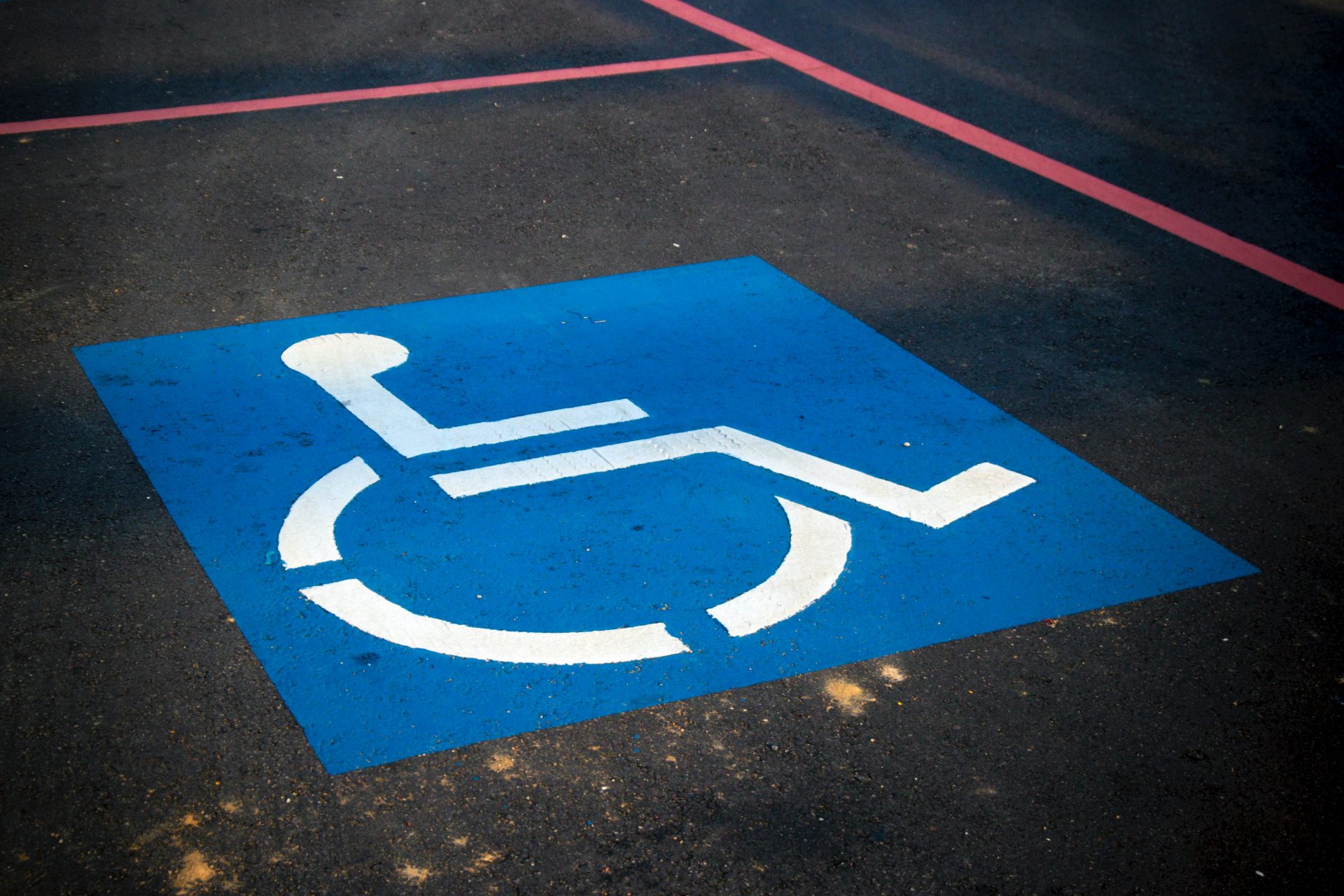There are about 40.7 million Americans with disabilities, and they seek to be identified for different aspects of who they are as a person, over any specific condition, disease, or disability.
The disability rights movement began in the mid-1900s as a way for people with disabilities to push for their disability to be looked at as a part of their experience, rather than the sole defining feature of who they are as a person.
A History of Biased Assumptions
People with disabilities are often the subject of unnecessary stereotypes that result in irrational fears. They’ve been stigmatized in a way that may prevent them from taking a more proactive role within society. This societal attitude can leave people marginalized and unable to provide for their families in a meaningful way.
In the 1800s, people with disabilities may have been used for entertainment purposes in circuses and exhibitions. Some were even forced into sterilization. It was assumed that this was a “humane” act, but it left people with disabilities invisible.
Thanks to the disability rights movement, we have come a long way from these days within our country.
The Disability Rights Movement
Thanks to the efforts of activists in the second half of the 1900s, the disabled enjoy more rights than ever before in the U.S. The Americans with Disabilities Act, passed in 1990, ensured equal treatment and access to employment opportunities, and with public accommodations.
The disabled cannot be discriminated against in:
- Employment
- Services rendered by state or local government
- Places of public accommodation
- Transportation
- Telecommunications
While the disabled enjoy more rights, they still must fight some deep stereotypes and prejudices every day. The disability rights movement continues to work to educate the rest of the public, and to empower those with disabilities. People with disabilities must work every day to ensure that there are no physical barriers at work, in school, and throughout their experience in public.
These factors are all critical for their humanity.








